On June 5, 1981, the U.S. Centers for Disease Control and Prevention (CDC) published a study in the Morbidity and Mortality Weekly Report (MMWR) describing five cases of a rare lung infection, PCP, in young, healthy gay men in Los Angeles. Although not yet fully understood, the article described the effects of AIDS. Today, the MMWR report is often considered the beginning of the AIDS crisis.
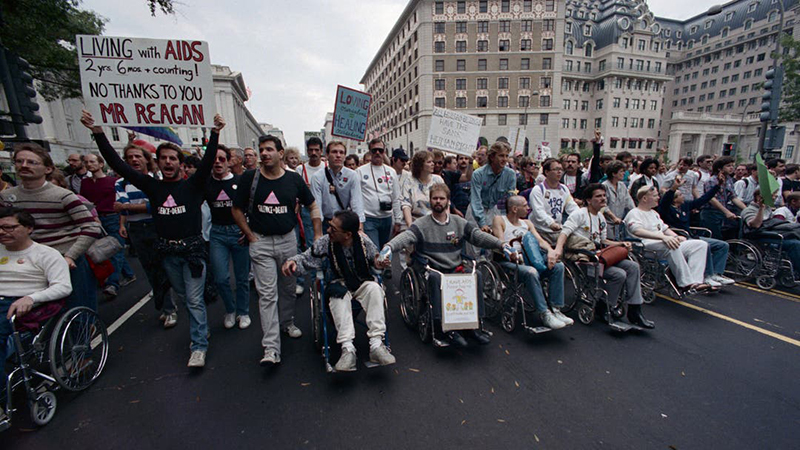
The article prompted medical professionals across the country, especially in New York, San Francisco, and Los Angeles, to send the CDC information about similar mysterious cases. Because it was first discovered among gay men, Acquired Immune Deficiency Syndrome (AIDS) was called “gay cancer” and was officially called Gay-Related Immune Deficiency before the term AIDS was coined in 1982.
HIV originated in Kinshasa, Democratic Republic of Congo, in 1920. It spread to Haiti and the Caribbean before reaching New York City around 1970 and California later that decade.
CDC lab conducting AIDS research in 1973.
Health officials first learned of AIDS in the summer of 1981. Young, healthy gay men in Los Angeles and New York began falling ill and dying from unusual illnesses that usually afflict people with weakened immune systems.
It didn’t take long for fear of the “gay plague” to spread rapidly through the gay community. In addition to the deadly danger posed by the disease, they also faced the possibility of being “abandoned” if they contracted AIDS or a similar disease.
In the fall of 1982, the CDC first described the disease as AIDS.
By the end of 1984, AIDS had ravaged the United States for several years, affecting at least 7,700 people and killing more than 3,500. Scientists had identified the cause of AIDS/HIV, and the CDC had identified all of its major routes of transmission.
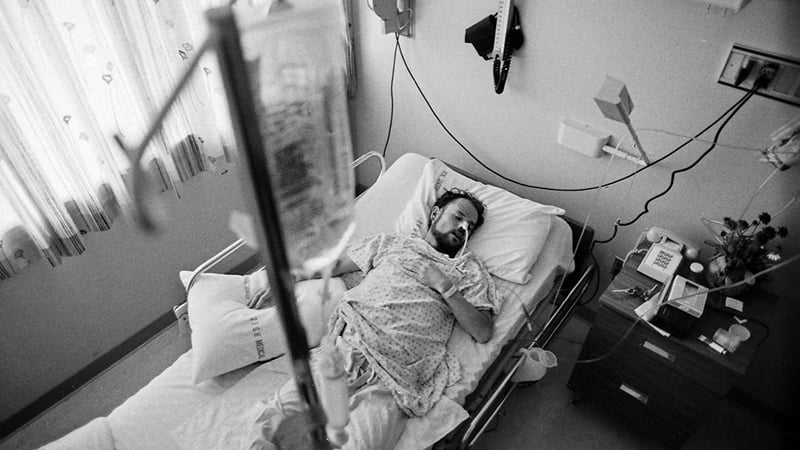
Yet U.S. leaders remained largely silent and unresponsive to the health emergency. It was not until September 1985, four years after the crisis began, that President Ronald Reagan first spoke publicly about AIDS. But by then, AIDS was already a pandemic. He called it a “top priority” and defended the administration’s response and research funding. On October 2, 1985, Congress appropriated nearly $190 million for AIDS research.
That same year (1985), the CDC also developed the nation's first AIDS prevention plan, led by epidemiologist Dr. Donald Francis.
Under pressure, Reagan appointed a commission to investigate the epidemic. And by the end of 1987, the country began taking steps to raise awareness of AIDS by sponsoring AIDS Awareness Month and launching an “America Responds to AIDS” advertising campaign. By this time, about 47,000 people in the United States had been infected with HIV.
Within a few years, the AIDS epidemic had evolved into the major public health crisis of the late 20th century, although many people continued to believe that it affected only gay men. Thus, two of the men mentioned in the study were dead by the time it was published, and three more died shortly thereafter. By the end of the millennium, nearly 775,000 Americans had died from AIDS-related illnesses.
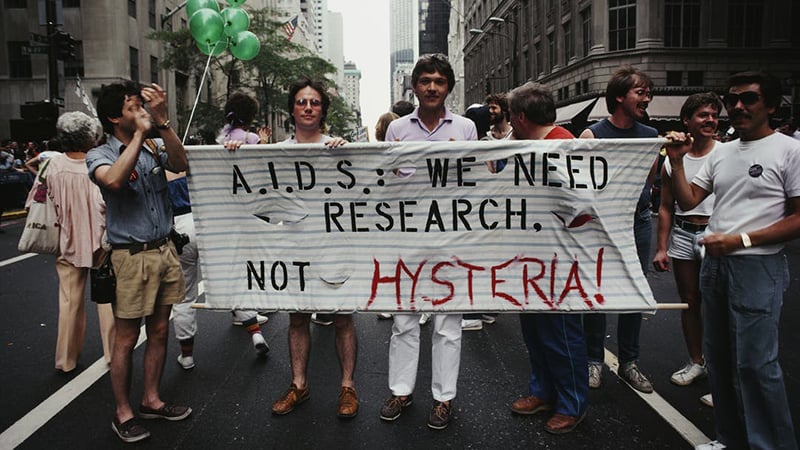
AIDS itself is not fatal, but rather it severely compromises the immune system's ability to fight disease, leaving the patient vulnerable to infections, especially "opportunistic infections." PCP is one such opportunistic infection, and it was one of the few that appeared to be increasingly prevalent in 1981.
According to the World Health Organization (WHO) and the United Nations Programme on AIDS (UNAIDS), more than 40 million people worldwide have died of AIDS since 1981 and an estimated 38 million people are living with HIV, making it one of the most significant global public health problems in recorded history. Despite recent improvements in treatment, the AIDS pandemic still claims the lives of about two million people each year, including more than 250,000 children. As of December 30, 2021, 28.7 million people were receiving antiretroviral therapy.
HG (Synthesis)
Source


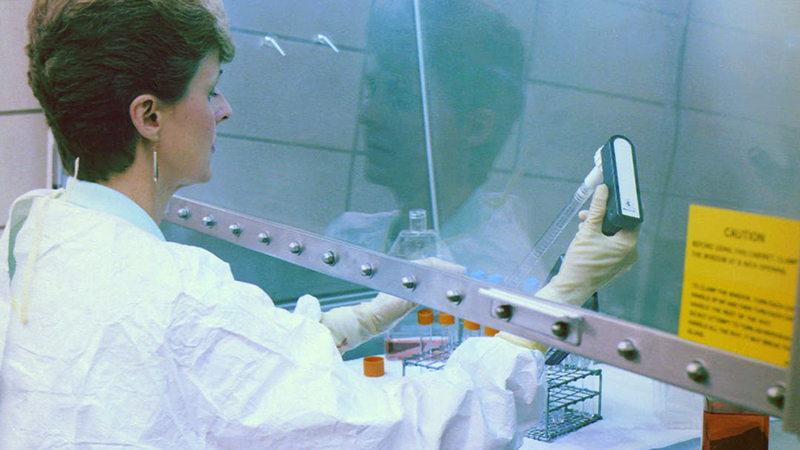
![[Photo] Special relics at the Vietnam Military History Museum associated with the heroic April 30th](https://vstatic.vietnam.vn/vietnam/resource/IMAGE/2025/4/3/a49d65b17b804e398de42bc2caba8368)
![[Photo] Prime Minister Pham Minh Chinh receives Deputy Prime Minister of the Republic of Belarus Anatoly Sivak](https://vstatic.vietnam.vn/vietnam/resource/IMAGE/2025/4/2/79cdb685820a45868602e2fa576977a0)
![[Photo] Comrade Khamtay Siphandone - a leader who contributed to fostering Vietnam-Laos relations](https://vstatic.vietnam.vn/vietnam/resource/IMAGE/2025/4/3/3d83ed2d26e2426fabd41862661dfff2)
![[Photo] Prime Minister Pham Minh Chinh receives CEO of Standard Chartered Group](https://vstatic.vietnam.vn/vietnam/resource/IMAGE/2025/4/2/125507ba412d4ebfb091fa7ddb936b3b)
















![[6pm News] Proposed standards and quantity of administrative units of communes and wards after the rearrangement](https://vstatic.vietnam.vn/vietnam/resource/IMAGE/2025/4/2/9fa681fcf484452d9a2b18d33b499f60)








































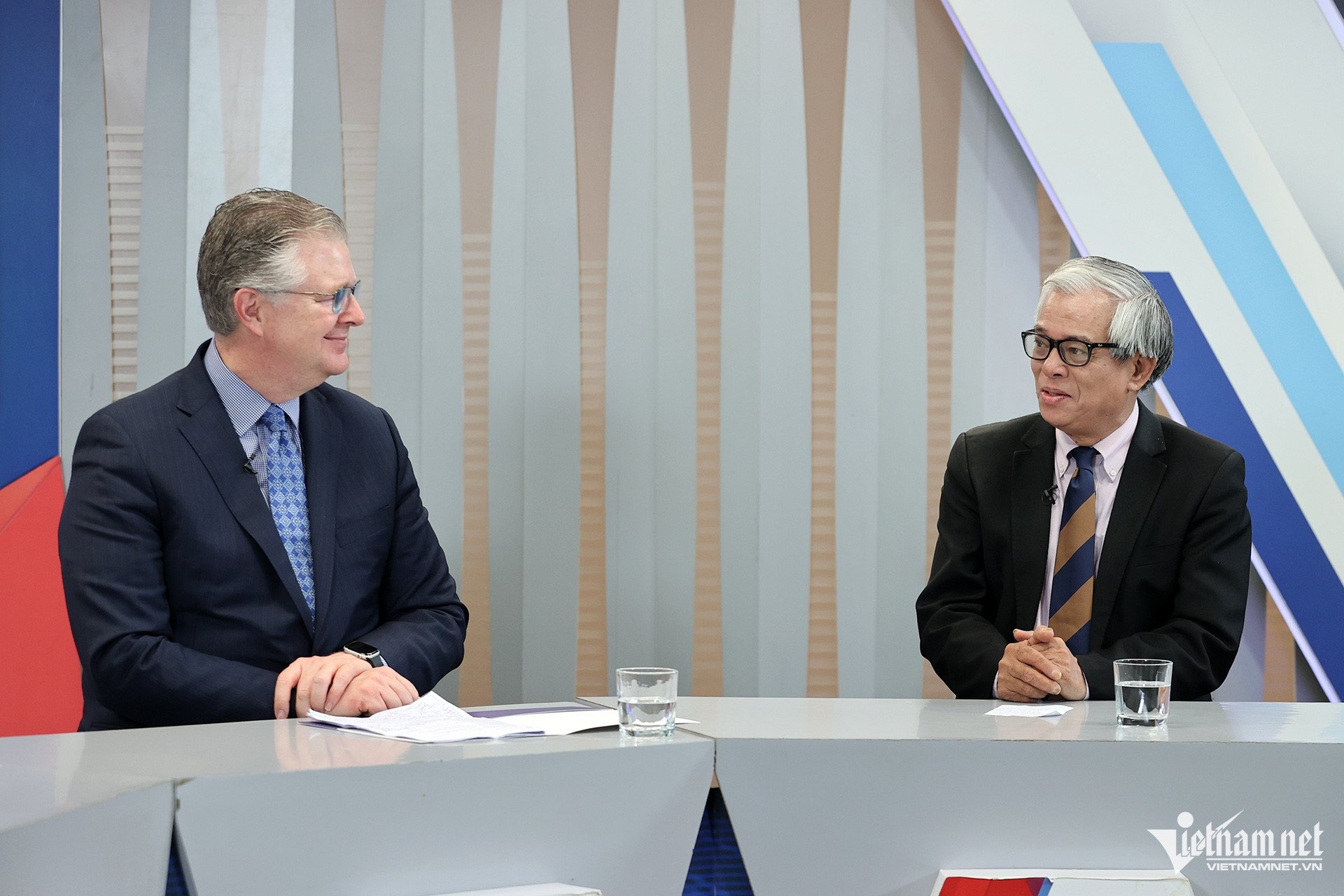

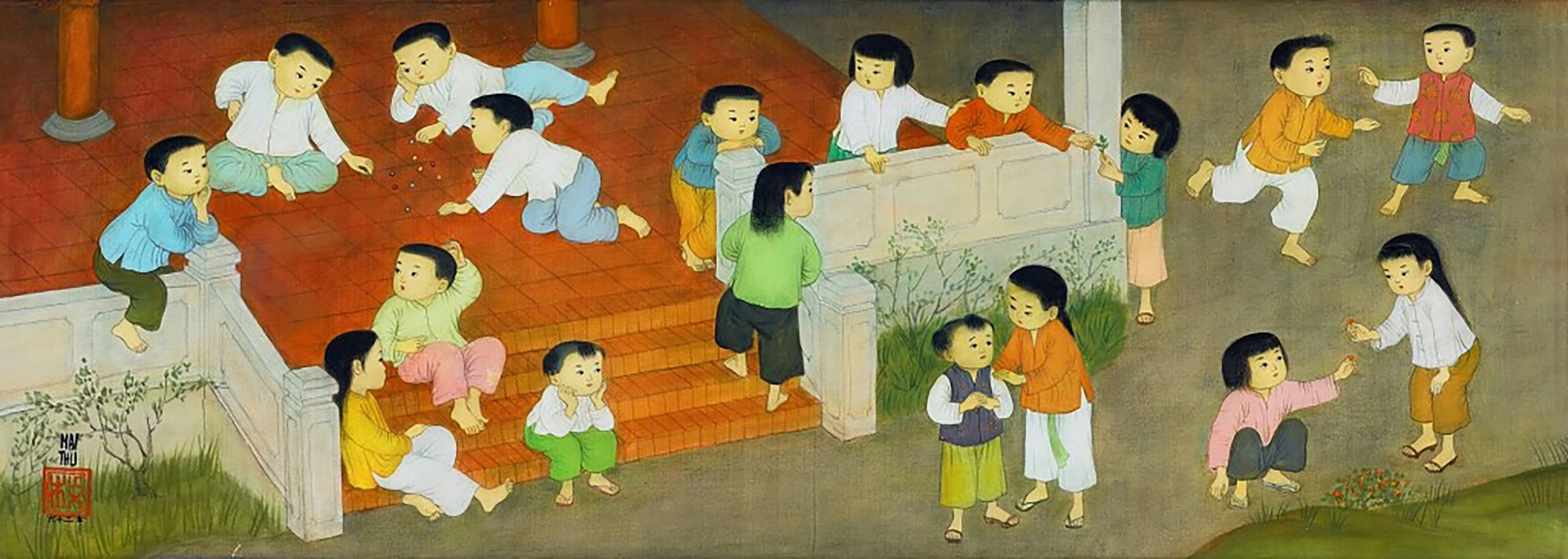

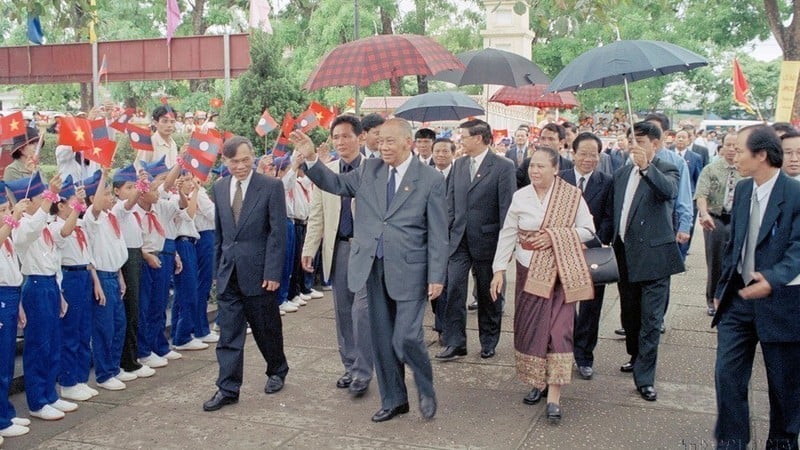
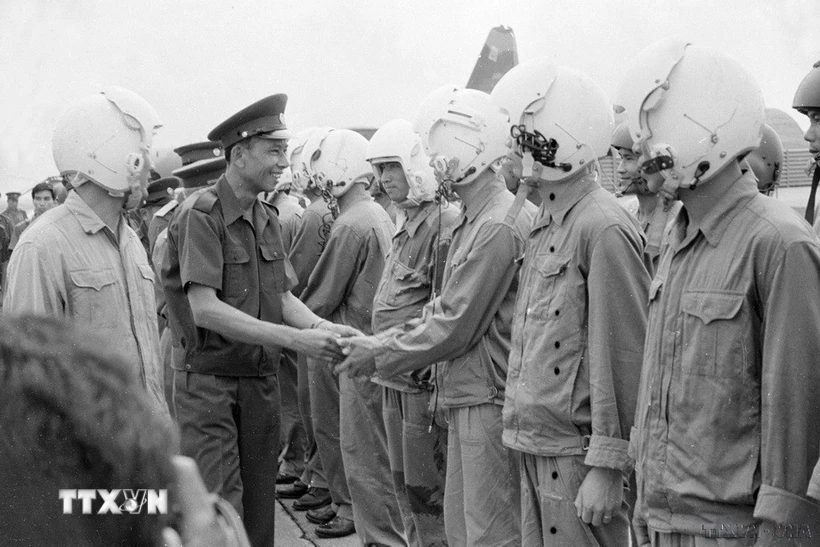































Comment (0)